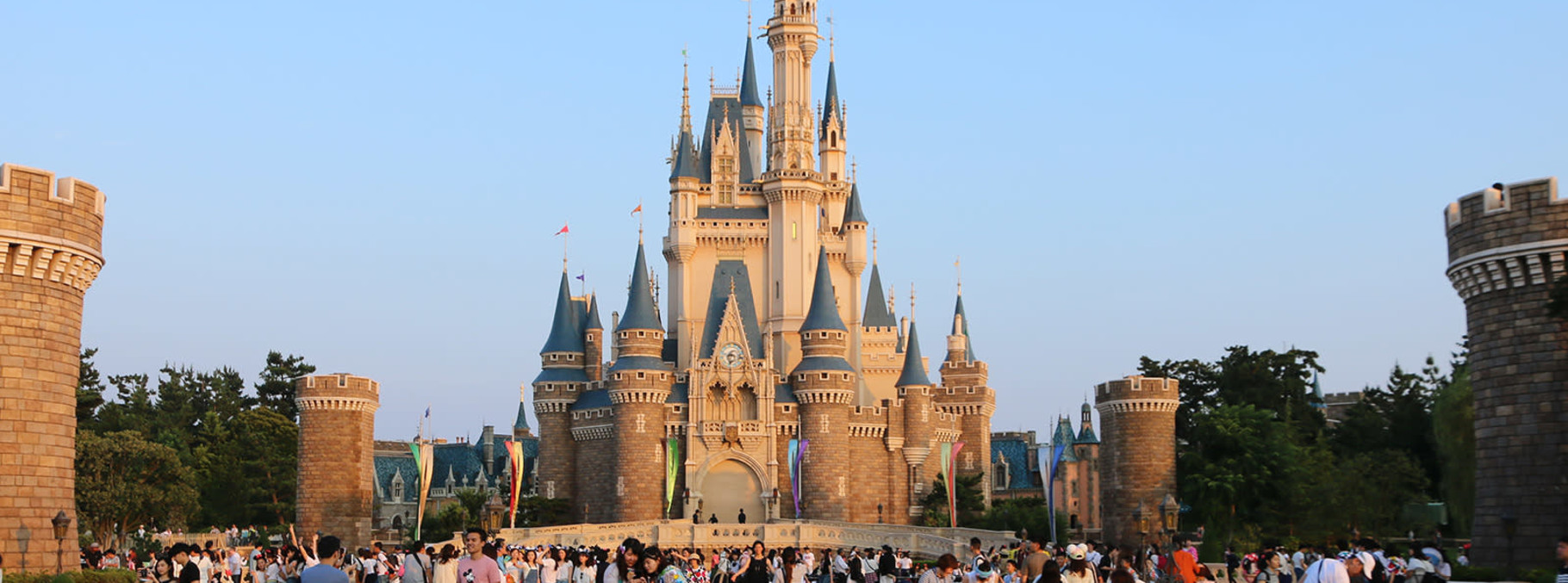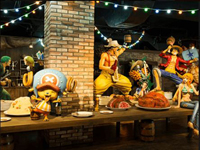Byodo-in


(Source: Taromon/shutterstock)
World Heritage, Ho-o-do
Ho-o-do was built in the year after Byodo-in was built. Statues of phoenixes on the rooftop are replicas. The real ones are national treasures and can be seen in the museum, Hoshokan. The pond in front of Ho-o-do and the garden are designated as historic landmarks and scenic spots of Japan and the reflections of Byodo-in on the pond is also beautiful.

(Source: Bule Sky Studio /shutterstock )
Amida Nyorai-zazou, a wooden national treasure
Amida Nyorai-zazou, the seated figure of Amida Nyorai Buddha made by a famous Japanese craftsman, is dedicated in the main hall of Ho-o-do. The height is approximately three meters and it is made by wood covered with lacquer. The face exudes a geniality and calm, and its immense, powerful stature results in viewers fixing their gaze onto it unknowingly.

(Source: 平等院鳳凰堂の音楽する菩薩たち)
Shourou, one of the three great Japanese bells
The bells in Byodo-in, Shugo-ji in Kyoto and Enjo-ji in Shiga prefecture make up the three great Japanese bells. This is a precious bell has engravings of Shishi (lions), Tenjin (people living in heaven), and arabesque patterns. This is also a replica, but you can see the real one in Hoshokan.

(Source: 和 の 建 築 美)

(Source: Taromon/shutterstock)
World Heritage, Ho-o-do
Ho-o-do was built in the year after Byodo-in was built. Statues of phoenixes on the rooftop are replicas. The real ones are national treasures and can be seen in the museum, Hoshokan. The pond in front of Ho-o-do and the garden are designated as historic landmarks and scenic spots of Japan and the reflections of Byodo-in on the pond is also beautiful.

(Source: Bule Sky Studio /shutterstock )
Amida Nyorai-zazou, a wooden national treasure
Amida Nyorai-zazou, the seated figure of Amida Nyorai Buddha made by a famous Japanese craftsman, is dedicated in the main hall of Ho-o-do. The height is approximately three meters and it is made by wood covered with lacquer. The face exudes a geniality and calm, and its immense, powerful stature results in viewers fixing their gaze onto it unknowingly.

(Source: 平等院鳳凰堂の音楽する菩薩たち)
Shourou, one of the three great Japanese bells
The bells in Byodo-in, Shugo-ji in Kyoto and Enjo-ji in Shiga prefecture make up the three great Japanese bells. This is a precious bell has engravings of Shishi (lions), Tenjin (people living in heaven), and arabesque patterns. This is also a replica, but you can see the real one in Hoshokan.

(Source: 和 の 建 築 美)






